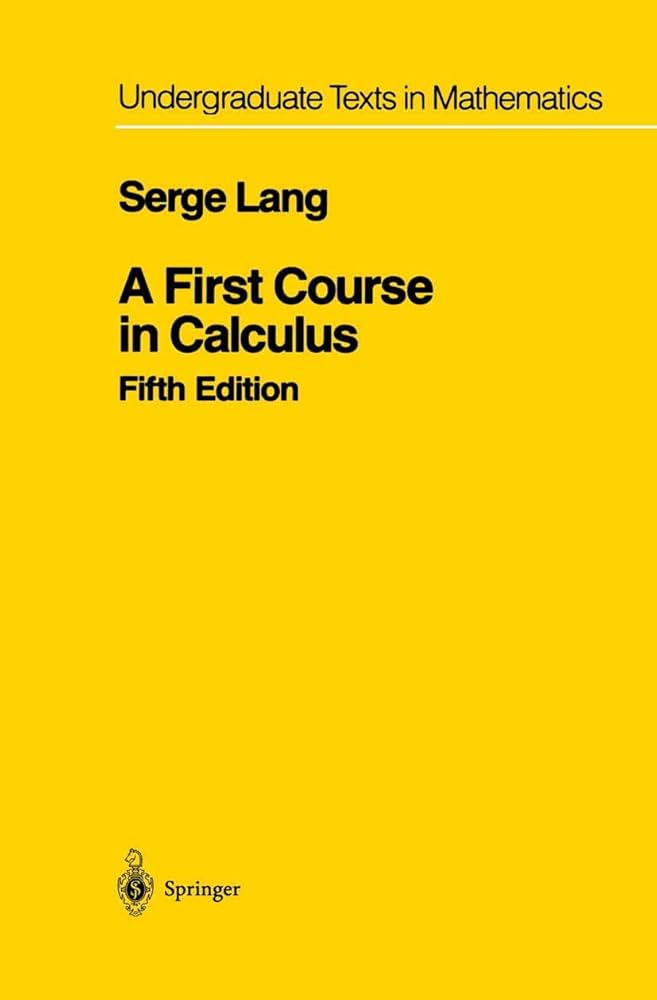Calculus
Calculus is a branch of mathematics that focuses on rates of change and the accumulation of quantities. It is divided into two main areas: Differential Calculus, which deals with the concept of a derivative and how functions change, and Integral Calculus, which focuses on accumulation, such as areas under curves. These concepts are foundational for understanding motion, growth, and other real-world phenomena.
In Differential Calculus, students learn how to compute the derivative of a function, which represents the rate of change of that function with respect to a variable, often time. For example, in physics, the derivative of a position function represents velocity, while in economics, the derivative of a cost function represents the marginal cost. Key topics include limits, continuity, and the chain rule, all of which help in understanding how small changes in one variable impact others.
Integral Calculus, on the other hand, focuses on the concept of integration, which can be thought of as the reverse process of differentiation. Integration helps in calculating areas under curves, total distances traveled over time, and accumulated quantities. Applications include calculating volumes of irregular shapes, the area between curves, and the total amount of work done by varying forces. The Fundamental Theorem of Calculus links differentiation and integration, providing a powerful tool for solving a wide range of problems in mathematics, science, and engineering.
Calculus has countless applications across various fields. In physics, it models motion, energy, and forces. In biology, it is used to model population growth, rates of reaction, and fluid dynamics. In economics, calculus helps in understanding optimization problems and market behaviors.
Advanced topics in calculus include Multivariable Calculus, where functions with more than one variable are studied, and Vector Calculus, which applies calculus to vector fields, essential for physics and engineering. Calculus is indispensable for any student pursuing a career in science, technology, engineering, or mathematics (STEM).









